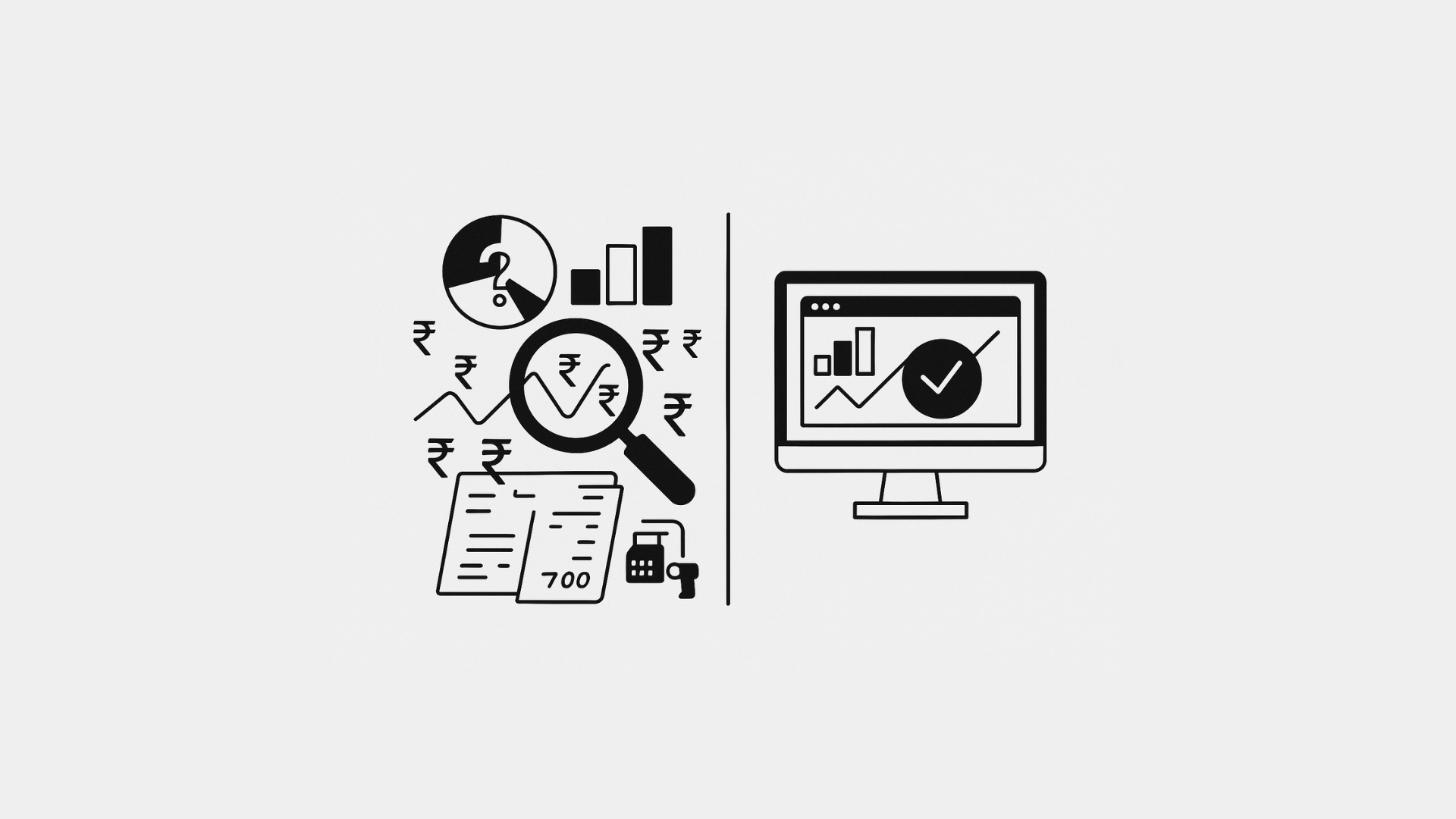Imagine this: you’ve delivered a product or service to a client, sent a perfectly crafted invoice, and now you’re eagerly awaiting payment. But what if that wait stretches on for weeks or even months? This is a common challenge faced by businesses, especially those with slow-paying customers. Cash flow becomes tight, hindering your ability to cover expenses and invest in growth.
There are solutions, however, and two popular options are invoice financing and invoice discounting. Both offer businesses a way to access cash quickly based on outstanding invoices. However, there are key differences between the two approaches. Let’s delve into the specifics of each and help you determine which might be the right fit for your business.
What is Invoice Financing?
Invoice financing, also known as accounts receivable financing or invoice discounting, is a short-term business loan that uses unpaid invoices as collateral for cash. Invoice financing essentially allows you to borrow money against unpaid invoices. Here’s how it works:
1. You send an invoice to your customer for the goods or services provided.
2. You sell the invoice to a financing company at a discount.This discount represents the financing company’s fee for providing immediate cash.
3. The financing company pays you a percentage of the invoice value upfront, typically between 70% and 90%.
4. Your customer makes the payment directly to the financing company.
5. Once the financing company receives payment from your customer, they deduct their fees and any interest accrued.
6. The remaining balance from the invoice amount is then remitted to you.
There are a couple of key points to remember about invoice financing:
1. You retain responsibility for the creditworthiness of your customer.
This means if your customer fails to pay the invoice, you may be responsible for repurchasing the invoice from the financing company (recourse financing) or absorbing the bad debt (non-recourse financing). Recourse financing typically comes at a higher cost.
2. You remain accountable for your customer’s ability to pay.
If your customer doesn’t settle the invoice, you could end up having to buy it back from the financing company (this is called recourse financing) or simply lose the money (known as non-recourse financing). Recourse financing typically comes with a higher fee.
3. There are two main options for handling bad debt:
- Recourse financing: This approach shifts some of the risk to the financing company. If your customer defaults, you may be required to repurchase the invoice from the financing company. This usually involves an additional fee on top of the standard financing cost.
- Non-recourse financing: This option offers a safety net against bad debt. If your customer fails to pay, you’re not responsible for repurchasing the invoice. However, non-recourse financing typically comes with a higher discount rate on the invoice value, meaning you receive a smaller upfront payment.
4. Financing companies typically have minimum invoice amounts.
They may not be interested in financing very small invoices, as the administrative costs wouldn’t be justified.
5. The approval process can be quicker than traditional loans. Invoice financing companies often focus on the creditworthiness of your customer rather than your own business history. This can be advantageous for young companies or those with limited credit history.
What is Invoice Discounting?
Invoice discounting, on the other hand, is more like a loan secured by your outstanding invoices. A sort of financing known as invoice discounting allows a company to sell past-due bills to a third-party lender at a reduced cost in exchange for the company receiving payment for the invoice right away. When the invoice is due, the lender then gets the full amount from the client. Businesses can get funds connected to delinquent bills at today’s value through this approach.
Here’s the process:
1. You send an invoice to your customer as usual.
2. You apply for a loan from a financing company using the invoice as collateral.
3. The financing company advances you a percentage of the invoice value, similar to invoice financing.
4. Your customer makes the payment directly to you. You are responsible for collecting the payment from your customer.
5. Once you receive payment from your customer, you repay the loan amount with interest to the financing company.
Here’s what sets invoice discounting apart:
You manage customer collections yourself. This means you’re responsible for chasing late payments and ensuring your clients settle their invoices on time.
Discounting fees are typically lower than invoice factoring fees. However, since you bear the risk of bad debt, recourse options are less common.
Invoice discounting is a financing option that allows businesses to access funds upfront by leveraging their outstanding invoices or accounts receivable. This method differs from traditional invoice factoring in several ways:
Firstly, with invoice discounting, the business retains responsibility for managing customer collections. This means you are tasked with following up with clients, ensuring timely payments, and addressing any late or unpaid invoices. In contrast, invoice factoring typically involves selling your invoices to a third-party company, which then takes over the collection process.
Secondly, since you bear the risk of non-payment or bad debt, invoice discounting arrangements often have fewer recourse options compared to invoice factoring. If a customer fails to pay an invoice, you may be required to buy back or repurchase that invoice from the lender.
One advantage of invoice discounting is that the fees charged are typically lower than those associated with invoice factoring services. This is because the lender assumes less risk when you maintain the collection responsibility. However, it’s important to note that fees can vary based on factors such as the creditworthiness of your customers, the industry you operate in, and the overall risk profile of your business.
While invoice discounting can provide a valuable source of working capital, it’s crucial to carefully evaluate the terms, fees, and responsibilities associated with any financing arrangement. Additionally, businesses should consider their ability to effectively manage customer collections and mitigate the risk of non-payment or bad debt.
Key Differences Between Invoice Financing and Discounting

While both invoice financing and discounting provide access to cash quickly, there are crucial distinctions to consider:
- Transaction Type: Sale vs. Loan
➤ Invoice financing: You are essentially selling your invoice at a discount to receive immediate cash.
➤ Invoice discounting: You are borrowing money using your invoice as collateral. The financing company is not purchasing the invoice itself.
- Customer Awareness: Confidentiality
➤ Invoice financing: The customer might be informed of the financing company’s involvement, especially if recourse financing is used. However, silent factoring is an option where the customer remains unaware.
➤ Invoice discounting: Your customer typically has no knowledge that you’re using a financing company.
- Collections Responsibility: Management of Receivables
➤ Invoice financing: Depending on the agreement, the financing company may handle collections or you may retain that responsibility.
➤ Invoice discounting: You are responsible for managing your customer collections and ensuring timely payments.
- Fees and Risk: Cost and Responsibility for Bad Debt
➤ Invoice financing: Generally, invoice financing comes with higher fees compared to discounting. However, you can opt for recourse financing, which allows you to shift the risk of bad debt to the financing company for an additional fee.
➤ Invoice discounting: Fees are typically lower, but the responsibility for bad debt falls on you. If a customer fails to pay, you absorb the loss.
Choosing Between Invoice Financing and Discounting
The best choice for your business depends on several factors:
- Cash flow needs: If you require immediate access to a significant portion of your invoice value, invoice financing might be a better option.
- Customer creditworthiness: If you’re confident in your customers’ ability to pay, invoice discounting could be a cost-effective solution.
- Importance of confidentiality: If maintaining a positive relationship with your customers and keeping them unaware of your cash flow needs is crucial, invoice discounting might be preferable.
- Risk tolerance for bad debt: Are you comfortable absorbing the potential loss if a customer defaults on their invoice? If not, recourse invoice financing might be a better option, despite the higher cost.
Here’s a table summarizing the key points to help you compare:
| Feature | Invoice Financing | Invoice Discounting |
| Transaction Type | Sale of invoice | Loan secured by invoice |
| Customer Awareness | May be informed (unless silent factoring) | Typically unaware |
| Collections Responsibility | Maybe outsourced (depending on the agreement) | Managed by business |
| Fees | Generally higher | Typically lower |
| Risk of Bad Debt | Can be shifted to a financing company (recourse option) | Absorbed by business |
Conclusion
Businesses can decrease the time they have to wait for customer payments and increase cash flow by using invoice financing and invoice discounting. They are not, however, universally applicable solutions. You may decide which method best suits your business goals and risk tolerance by knowing the main distinctions, especially about the type of transaction, customer awareness, collections responsibility, fees, and risk of bad debt.
Recall that speaking with a financial advisor or invoice finance business can offer additional advice and assist you in creating a solution that is tailored to your particular needs.








